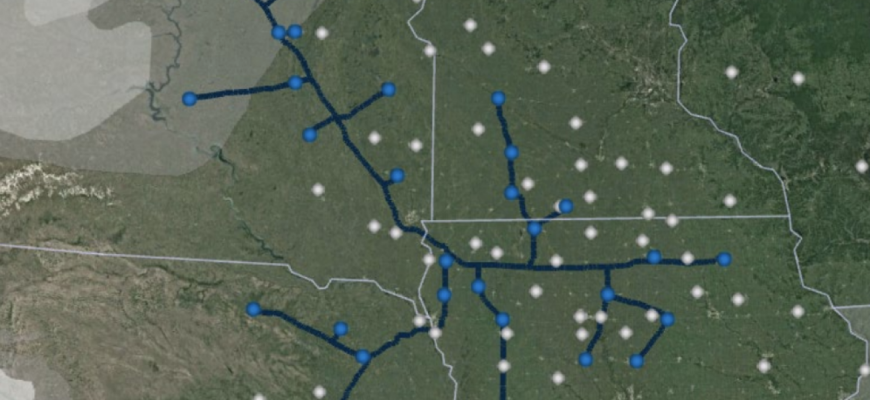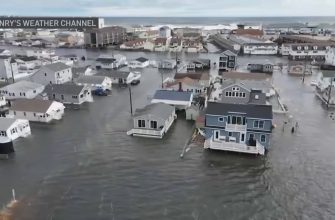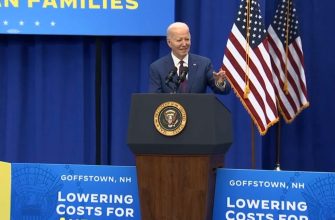SIOUX FALLS — Two carbon capture pipelines will have a chance to go through Minnehaha County after a 3-2 vote by county commissioners on Tuesday morning, June 6, to allow shorter setbacks from homes, businesses and schools.
Originally, the recommendation from county officials and the planning and zoning commission was to have a 750 foot setback from property lines.
However, a map outlining that setback scenario would have made it almost impossible to weave the pipelines across the county.
Commissioner Joe Kippley suggested an amendment to have the setback at 330 feet and was joined by commissioners Dean Karsky and Jean Bender to approve the new plan.
Bender, who was absent at the last meeting in May when the
commission voted 2-2 on the measure.
Commissioners Jen Bleyenberg and Gerald Benninga have been opposed to lowering the setback.
Bender, who chairs the commission, said she never wanted to stop the pipeline from coming through the county.

Barry Amundson / For Sioux Falls Live
She thought the shorter setback would “balance the interests” of all involved in the process.
She said the Williams Pipeline that carries oil goes right through The Empire Mall area in the city.
She also didn’t buy the argument that the carbon dioxide pipeline would affect property values after talking to real estate professionals.
The decision opens the way for the Summit Carbon Solutions and the Navigator CO2 pipelines to cross the county, although it may mean routing changes. However, the South Dakota Public Utilities Commission must still give its approval for the projects at meetings this summer and fall.
The pipelines aim to capture carbon from ethanol plants taking advantage of tax credits for carbon capture and markets that pay a premium for low-carbon fuels. They would carry liquid carbon dioxide to underground storage facilities in North Dakota.
The Summit pipeline, the largest of the projects, would run 2,000 miles and serve 32 plants in five states running about 25 miles from the southeast to the far northwest corner of the county.
A separate pipeline, The Navigator, would run through the eastern part of the county for almost 29 miles. The Navigator would be 1,300 miles long and carry carbon dioxide from plants to caverns in Illinois that have been in existence for years.
The ethanol industry is firmly behind the proposals, as well as many corn growers who supply the plants.
However, landowners and other farmers are equally against the project fearing safety if the pipeline ruptures and causes damage to farmland and drain tile.
In brief comments to the county board, opponents to the shorter setbacks once again voiced concerns after lengthy comments were made at the last meeting in late May, especially about safety issues.
Kay Burkhart of Valley Springs said the county officials and planning board did a really good job in suggesting the longer setback in the original proposal.
“They understand Minnehaha County and their needs,” she said.
The pipeline companies, she added, still had options if they thought the 750-foot setback was “too confining.” That was through a provision that would allow landowners to have a waiver in place that would allow the shorter setbacks.

Contributed / Minnehaha County livestream
Joy Hohn of Harford said setbacks for windmills and cell phone towers are much greater than the pipeline proposal.
“The pipelines would have a chilling effect on the orderly development of communities,” she said.
State Rep. Karla Lems of Canton, in neighboring Lincoln County, said even in North Dakota there are concerns that the pipeline would “choke developments.”
The carbon dioxide pipelines are “a different cat” than even oil pipelines, Lems said. “That’s evidenced by the number of people showing up at these meetings.”
Elizabeth Burns Thompson of the Navigator company said in an interview after the meeting that a 750-foot setback would have made it “nearly impossible” to have the pipeline run through the county.
After the amendment with the setback was decided, the commission voted 4-1 in favor of the full ordinance, which also outlines for the first time county regulations for hazardous waste pipelines.
Another issue settled is setbacks from cities and towns. The ordinance calls for a mile setback for cities greater than 5,000 population, three-quarters of a mile for those from 500 to 5,000 people, and a half mile for smaller towns.
Karsky said in the final vote on the ordinance that in his 12 years as an elected official this decision was “truly the most difficult.”
“I’ve never had so much input from the community,” he said. “And for this one it was split 50-50 on all of the phone calls and emails I received.”
What made it more difficult, he said, was “there are still a lot of unknowns” about the carbon dioxide pipelines.
Kippley said he felt this final ordinance was “reasonable.”

Contributed / Minnehaha County
“What I owe most to my constituents is my judgment and independent thinking to find a middle ground that protects certain interests and also allows us to stay in our lane. Our county doesn’t have a lot of authority in this area,” he said. “I have more confidence than ever that we were striking in on something that was reasonable and also can defend in any legal processes.”
Both Karsky and Kippley said they based their decision on a federal Pipeline and Hazardous Waste Material Administration safety guideline that states a buffer zone should be 330 feet in an evacuation zone if there was a pipeline leak.
However, Lems said after the meeting that the federal agency could very well change that setback after they held a public hearing in Des Moines on May 31 and June 1 on the pipelines.
At that meeting, residents from throughout the upper Midwest suggested a federal moratorium on the pipelines with the agency officials adding they didn’t know when any new possible regulations would take effect.
In South Dakota, the next step appears to be the PUC hearings where any permitting for the route through the state could be rejected for approved.








